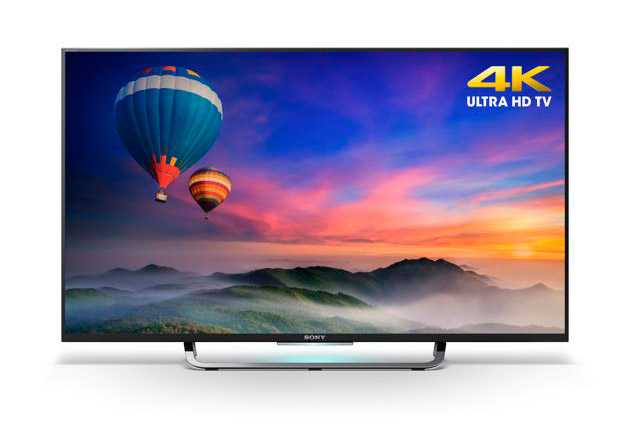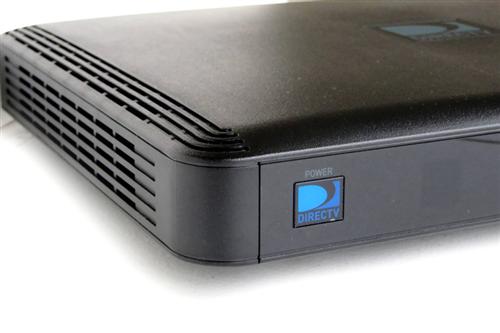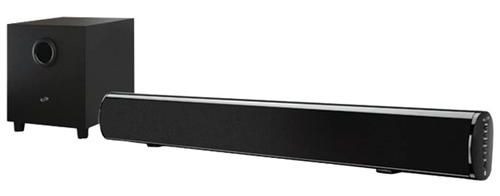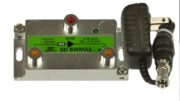As the decade comes to a close, it’s time to take a look at the trends that shaped our lives and pick out the winners and losers. This time around we’re talking about the trends that shaped our living rooms. Chances are your home viewing environment has changed a lot since late 2009 and here are the biggest reasons why.
1. Cheap, huge 4K TVs.

4K television is a trend completely of the ’10s. There were no consumer 4K televisions in the 2000s, and today they’re everywhere. My first report of a 4K television was in 2012, and for years I said you shouldn’t buy one. I only changed my opinion about a year ago, actually. Today you can get a perfectly serviceable 4K HDR television for under $500, sometimes far lower than that. Compare that with the $20,000 television I saw in 2012 and you’ll see how far we’ve come.
Anyone with a week’s pay in their pocket can get a TV that would have been considered a miracle a generation ago, and that is definitely an improvement that came in this decade.
2. Super DVRs

At the start of the decade, most people didn’t even have a DVR. Of course the people who read this blog did. Back then I had five of them to accommodate all my recording needs. I’d wired them together myself using a cable plan that I designed. Obviously that is something most people can’t and won’t do. So, if they had a DVR at all they struggled with problems. Do I have enough space to record this in HD? Which rooms will I be able to watch it in? It was great to be able to have an expandable system, but it got pretty complex.
That all changed when DIRECTV showed their HR34 “Super DVR.” It was about a year before we started calling it a Genie, but whatever you call it, it was awesome. The original version recorded five shows at once and could show them in any of four rooms. Instead of loud DVRs in every room, the main box recorded everything and distributed it to tiny cheap boxes in the rest of the house. DISH followed with its original Hopper, and the world of pay TV has never been the same.
Today’s super DVRs have evolved to cover 99% of home theater scenarios, with 7 rooms at a time and virtually limitless capacity. When you look at where we were just a decade ago, it’s amazing how far we’ve come.
3. Sound bars

Think back to your home theater in the late 2000s. You probably had a large audio/video receiver that ran hot, attached to about eight speakers. That’s a great setup and I still have something like that in my own home. However, in the 2010s we saw an alternative for folks who didn’t want to do as much wiring.
A sound bar consists of at least three speakers. Sometimes, like the one above, you get a subwoofer too. Instead of physical surround speakers, the directionality of the sound is created using fancy math that distorts the sound from the front.
Soundbars were available in the 2000s but it’s only been in the last few years that they’ve been good enough to replace traditional audio/video receivers in a lot of homes. A sound bar can be wall-mounted below the TV and gives a very attractive appearance. It’s perhaps the final step away from the old-school giant furniture that made up a home theater in the past.
Runner up: streaming boxes
Now, you may be thinking that streaming boxes were “the” big home theater story of the 2010s. After all, they barely existed in the last decade and today they’re everywhere. They’re cheap, unless you buy an Apple-branded one. But I’m calling them a “runner up.” Here’s why.
The streaming box is a great idea but it’s not really the big point. Streaming itself grew up in the 2010s but it was driven mostly by phones and tablets. The streaming box is essentially an adapter that lets people stream in their living rooms. Streaming is a personal experience that happens everywhere. It’s not tied to the home theater, not central to it. Streaming boxes are great and I have several. But I’m just as likely to stream on another device and if I’m watching on a TV I’m just as likely to use that TV’s streaming features. That is, unless the TV is old or obsolete. Then I’ll rely on a streaming box as a sort of upgrade to that old TV.





